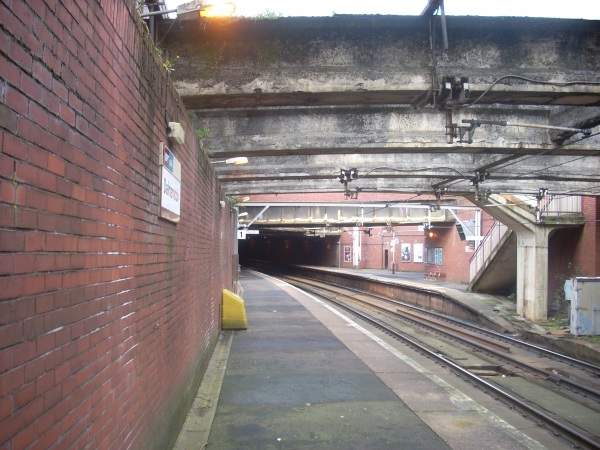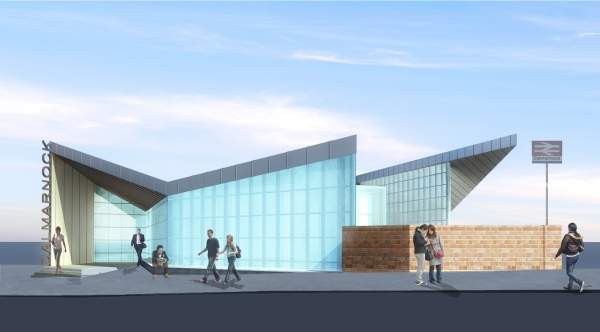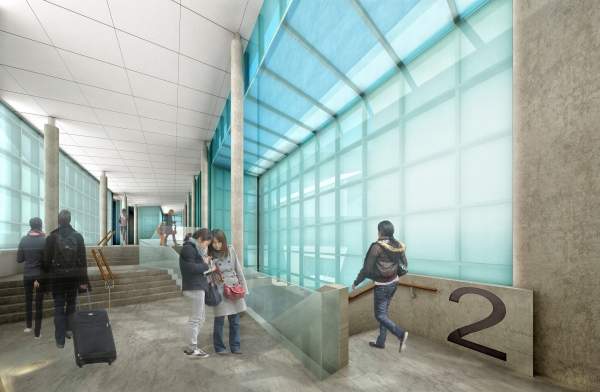Dalmarnock railway station is an intermediate station on the Argyle line and is just 4km southeast of Glasgow Central, the largest and the busiest station of Scotland. The Dalmarnock station is managed by ScotRail.
The station was opened in November 1895 and had a footprint of 80,000 passengers a year. The passenger numbers were expected to significantly increase due to the Glasgow 2014 Commonwealth Games as the event’s main venues such as the Athlete’s Village, Celtric Park, the National Indoor Sports Arena and Sir Chris Hoy Velodrome were located near the station.
To make way for the visitor passenger traffic and also to serve as a future important transport hub of the ongoing Clyde Gateway Regeneration Scheme, the station was redeveloped.
Construction work on the £12m redevelopment project commenced in September 2011 and was completed in December 2013.
The project was funded by Strathclyde Partnership for Transport (SPT), Glasgow City Council and Clyde Gateway. It also received financial backing from the European Regional Development Fund (ERDF) and the UK rail operator, Network Rail, for £2.89m and £2.4m respectively.
Transport Scotland monitored the project and awarded a contract worth £8.6m to Network Rail to deliver the project.
Background to the Dalmarnock station
The Dalmarnock station situated on the Swanston Street is more than 100 years old and has two platforms. It had limited facilities and was not very accessible for passengers with less mobility. It lacked public utility facilities such as automatic ticket machines and waiting rooms. The northern part of the station ending in a tunnel had poor ventilation and lighting.
The station faced disrupted train services, due to poor drainage system, during the recent floods.
In the wake of the 2014 Commonwealth Games, STP identified the station as a vital transport hub for the visitors and appointed the Independent Rail Consultancy Group (IRCG) to perform a study on the existing station conditions and the potential for future developments.
The initial development plans involved two options. The first plan involved refurbishment and construction of the basic station building at a cost of £5m and the second plan involved construction of a new prominent station building and upgrading the surrounding area. The total cost of implementing this option was estimated at £9m.
The funding partners choose the second option and agreed to go ahead with the project by contributing £2m each.
Design and construction of the major Commonwealth Games transport link
The new-look station was designed by Atkins and constructed by C Spencer for Network Rail. The project retained the original Victorian design, such as the raised viaduct, staircase and ironwork to maintain its historical significance.
The redevelopment project included demolition of the main station building and constructing a new one that was compliant with the Disability Discrimination Act (DDA) of 1995. The entrance of the station was relocated to the Dalmarnock Road from the Swanston Street.
A large concourse area houses customer information and communication systems and provide direct access to the platforms. The ticket office is positioned to face the new entrance. The roof ceiling features folded roof-scape.
New lighting was installed in the platforms. A lift and pedestrian bridge was also installed to provide access to the platforms. The platforms have new surfaces and new wall cladding. The exterior of the station building is clad in a diffuse polycarbonate glazing.
To address the flooding problem from the drains, Network Rail appointed Farrer Consulting to carry out the assessment of the drainage system and provide a permanent solution for the same.
Four trains per hour travel eastbound and westbound of the Glasgow Central.




